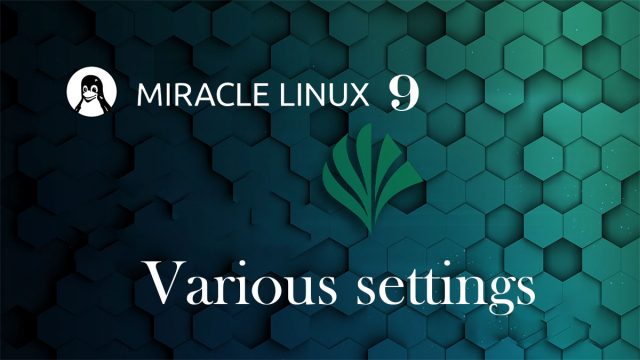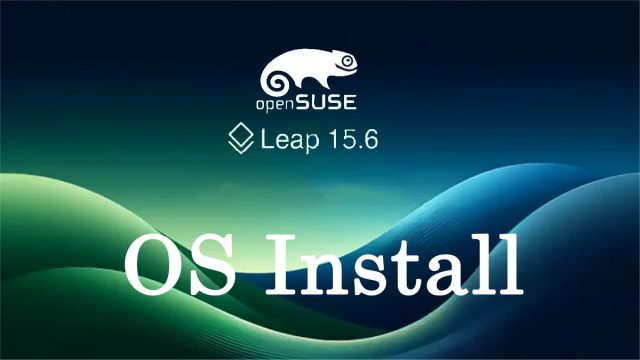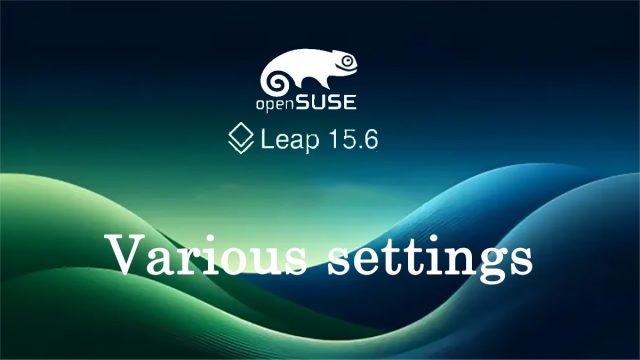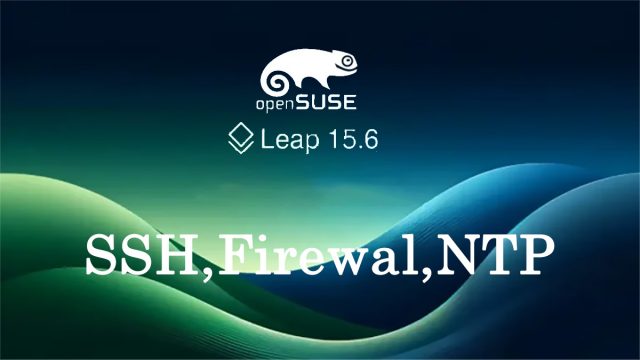 FreeBSD14.1_en
FreeBSD14.1_en FreeBSD14.1 ; Jail Install
Jail
It is a mechanism that allows multiple virtual FreeBSD environments to be created on a FreeBSD environment.
A jail is an extension of chroot, and a jail environment (called a prisoners) built on a host ring (called a jailer) behaves as a FreeBSD machine running separately from the host environment.
The prisoner cannot directly attach to the jailer or another parallel prisoner.
Features of JAIL
・High speed operation because it is not emulation.
・Each prisoner can be assigned an IP address different from that of the jailer.
・Since the same file system is used for a jailer and a prisoner, it is necessary to be careful about the assignment of UID/GID.
This time, build two prisoners (prisoner1 and prisoner2) in jailer (FreeBSD14.1)






